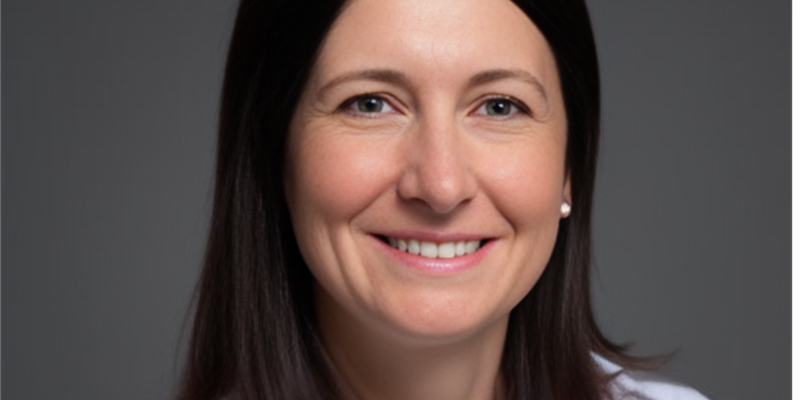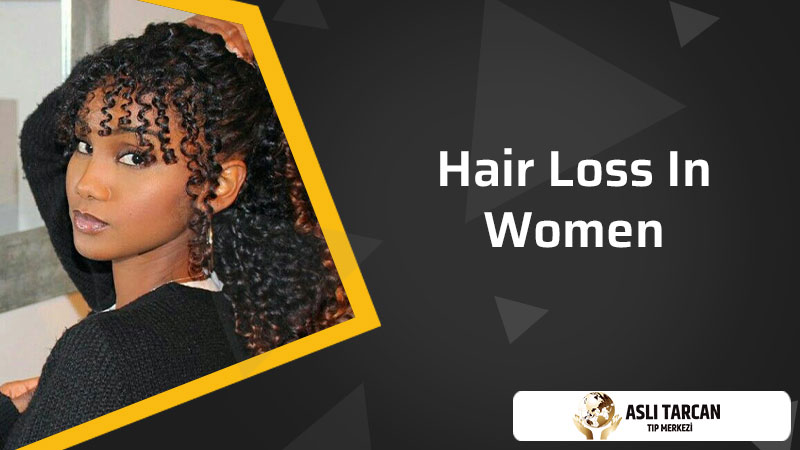Hair Loss In Women
Hair Loss In Women Hair loss is a common problem in women as well as in men. In this article, we will examine hair loss in women and hair loss causes.
Hair loss is a common problem today. Causes of hair loss can be due to many things. Hair loss in women can be caused by genetic reasons from the mother or father. From a medical point of view, hair loss in women is also seen due to stress or hormonal changes. The main cause of hair loss in women is not known. There may be reasons that vary from person to person. It will be appropriate for women who experience hair loss to meet with a specialist doctor personally.
General Symptoms of Hair Loss
Generally, hair loss in women occurs with thinning of the hair first. Women who suffer from hair loss after each hair wash will increase over time. Thinning hair may be a harbinger of future sudden hair loss. It may be beneficial to go to a doctor after the day you notice the changes in your hair. Hair shed over time reveals baldness problem. Therefore, with early solutions and treatment methods, it may be possible to have new healthy hair instead of shedding hair. The important thing is to recognize it early and apply the correct treatment method.
General Symptoms of Hair Loss:
The most common symptom of hair loss is the general thinning of the hair. The most typical problem of hair loss and baldness is that the hair becomes thinner and then starts to shed from the front part. Generally, it is a hair loss problem that occurs with the disappearance of the hairline in men. Along with the disappearing hairline, hair balding occurs.
Usually balding occurs on the scalp. Sudden hair loss may occur, especially for some psychological and emotional reasons. These shock hair loss can cause great trauma. Hair loss also occurs during the treatment of some diseases. It is normal for a patient who is in the process of chemotherapy to lose their hair.
4 different types of alopecia
Female pattern hair loss or androgenetic alopecia is a common hair loss problem. Hair loss is generally 25% in women aged 35-40, and around 50% in women over 40 years old.
Firstly, alopecia means typical hair loss. It is not a contagious disease. The cause of hair loss varies from person to person, depending on genetics, diet, and psychological problems.
Androgenetic alopecia
Androgenetic alopecia is a typical hair loss seen in women. It is genetically inherited. It is the most common type of hair loss in women. Hair loss usually begins during adolescence. Hair loss and baldness problems occur with the disappearance of the hairline in men. Baldness or hair loss is different in women. In general, hair loss begins with thinning hair in women.
Alopecia areata
Alopecia areata is a disease that usually begins with the loss of a person’s hair, eyebrows, eyelashes, or beard. Regional hair loss occurs in the patient in a short time. It is a hair loss problem that depends on immune cells.
Cicatricial Alopecia
Cicatricial alopecia is a hair loss cause by scarring. It occurs in 2 different ways. It is hair loss in which the hair follicles are damage and replace by scar tissue.
Traumatic Alopecia
Traumatic alopecia is hair loss seen after procedures applied to the hair. Hair loss may occur after the hair dyes used, cosmetic products applied to the hair, hair styling procedures. This type of hair loss is call traumatic alopecia. Processes such as blow dry applied to the hair damage the hair.
Damaged hair falls out after a while. For example, some dyes and chemicals applied to the hair can seriously damage the hair. Harmful chemicals cause hair thinning and loss.
Hair Breakage in Women’s
Hair breakage sometimes occurs in women. These hair breakages are not the same as hair loss. The causes of hair breakage are cause by the chemicals used, hair dyes, hair straighteners. Hair treatments can damage the hair. For example, constantly knitting the hair, tying the hair, shaping the hair with a blow dryer causes great damage to the hair. The procedures applied to the hair also cause hair loss. Some hormone disorders also cause hair loss in women.
Does Stress Cause Hair Loss?
Stress is the biggest factor in baldness and hair loss in women. Hair shed over time with stress causes baldness and hair loss in women. Hair loss usually occurs in women in the face of any emotional or physical change. With the changing nutrition routine during the diet, hair loss may occur in your life. Hair loss caused by stress is usually not permanent. After the bad events in your life have passed or changing nutrition routine, your lost hair may be restored.
In addition, hair loss occurs in some women after childbirth.
Does Vitamin B Deficiency Cause Hair Loss?
Vitamin B deficiency is another factor that triggers hair loss. One of the biggest causes of thinning hair over time in women is the B vitamin. Vitamin B, which is not take in sufficient amount to the body, causes hair loss over time. B vitamins are usually found in red meat and other animal foods. Women are require to supplement the body with B vitamins as a result of blood loss during their menstrual periods. For this reason, hair loss occurs. Some women have iron deficiencies during their diet. Iron deficiency is another cause of hair loss in women.
Conclusion
Hair loss is a common problem. It is necessary to go through a doctor’s control to investigate the causes. Especially in women, hair loss may occur due to various and different reasons. To find the right treatment method, first of all, the reasons for hair loss should be learned. Then the treatment process should start. After the treatment process, it is possible to have healthier and thicker hair. For this, early diagnosis and correct treatment methods are among the most important steps. Doing good research before hair treatment is part of getting the best results. Lastly, the important thing is to follow the steps in the treatment process correctly.
What Causes Hair Loss in Women After a Hair Transplant?
“What causes hair loss in women after a hair transplant?” has a complex answer as hair loss can happen for a variety of reasons.
Hormonal changes: Fluctuations in estrogen levels can contribute to hair loss in women. This is especially true during menopause, pregnancy, and after childbirth. Estrogen helps promote hair growth, so falling estrogen levels can lead to hair loss.
Genetics: Female pattern baldness or androgenic alopecia is women’s most common cause of hair loss. It tends to run in families and usually develops later in life. It causes gradual thinning of hair at the top of the scalp.

Medical conditions: Conditions like anemia, thyroid disease, and autoimmune disorders can contribute to excessive hair loss in women. Treatments like chemotherapy for cancer are also linked to hair loss. Correcting the underlying medical issue may help stop or prevent further hair loss.
Hairstyles: Hairstyles that put too much tension on hair roots such as tight braids, cornrows, extensions, and weaves can potentially cause female hair loss, known as traction alopecia. Giving your hair a break from these styling techniques can help prevent and reverse female hair loss.
Stress: Severe stress can cause temporary hair loss in women and managing stress levels through exercise, meditation, yoga or other relaxation techniques may help. For more on “what causes hair loss in women after a hair transplant?” talk to your doctor.



